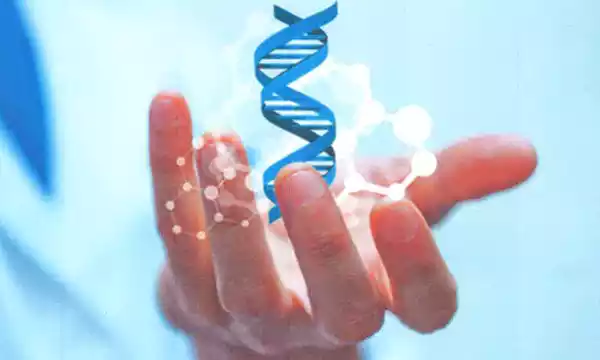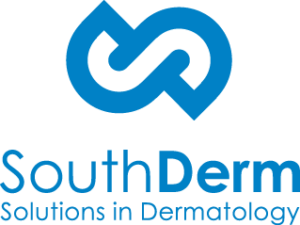Psoriasis
Overview
If you have psoriasis, our specialist dermatologists at SouthDerm, Kogarah, Sydney, will help you treat and manage this skin condition. At present there is no cure for psoriasis. Treatment depends on the severity and extent of the psoriasis as well as the type of psoriasis that a person has. The aims of treatment are to reduce the inflammation and slow down the over-production of skin cells.
WHAT IS PSORIASIS?
Psoriasis is a long-term skin condition that is characterised by patches of thick, red skin covered with silvery scales. These patches are known as plaques. Plaques can develop anywhere on the body but most often appear on the elbows, legs (including knees), lower back, scalp, palms of the hands and soles of the feet. Psoriasis can also affect the fingernails and toenails, the genital area, the joints and the inside of the mouth. It affects female and males equally and usually develops in adulthood, although it can affect younger people. Psoriasis is not contagious and does not spread by touch from person to person.
WHAT CAUSES PSORIASIS?
Psoriasis is a disorder of the immune system. Normally the body’s white blood cells (specifically the T cells) help to protect against infection and disease. In someone with psoriasis, the T cells are activated by mistake, causing the body’s immune system to over-react. This leads to inflammation and excess growth of skin cells, which build up to form plaques. Research suggests that psoriasis is inherited to some extent, and certain genes have been identified that are linked to the development of psoriasis.
Psoriasis can flare up for no reason or may worsen because of triggers such as infections, changes in the weather, dry skin and the use of certain medications.
All medical and skin cancer treatments are carried out in our southern Sydney, Kogarah, skin cancer and cosmetic surgery clinic.

Treatment
HOW PSORIASIS IS TREATED
At present there is no cure for psoriasis. Treatment depends on the severity and extent of the psoriasis as well as the type of psoriasis that a person has. The aims of treatment are to reduce the inflammation and slow down the over-production of skin cells. A combination of treatments are often required and may include:
- Skin care: keeping the skin moist with moisturisers can be beneficial.
- Phototherapy (light therapy): natural ultraviolet light from the sun and controlled delivery of artificial ultraviolet light can help to kill activated T cells in the skin. Light therapy should be given by a doctor using a special light panel or light box.
- Narrowband ultraviolet light therapy: uses a small range of the ultraviolet (UV) light spectrum to treat skin conditions such as psoriasis. The light penetrates the skin and slows the growth of skin cells that cause the skin lesions. There are two types of UV light: narrowband and broadband. Narrowband light therapy is a more specific type of light therapy that allows the treatment to be given at a higher intensity over a shorter time. Clinical studies suggest that narrowband light may clear the skin lesions faster and may result in longer periods of remission than broadband light therapy.
- Creams or ointments prescribed by your doctor: these can help to reduce redness and itchiness of the skin. Some contain a type of steroid called a corticosteroid, which acts to reduce the inflammation of the skin.
- Systemic medications: some drugs that act on the whole body (known as systemic medications) can help to reduce the symptoms of psoriasis. They can be taken as tablets, as a liquid or via injection.
- Biologics: a relatively new type of systemic treatment are the biologic drugs or ‘biologics’. They are given by injection or intravenous (IV) infusion. Biologics do not affect the whole body but instead target specific parts of the immune system (the T cells) to stop the over-production of skin cells.

